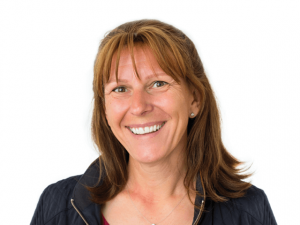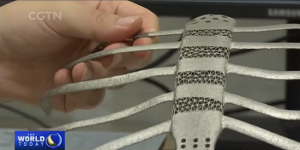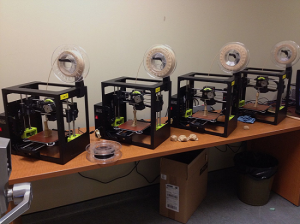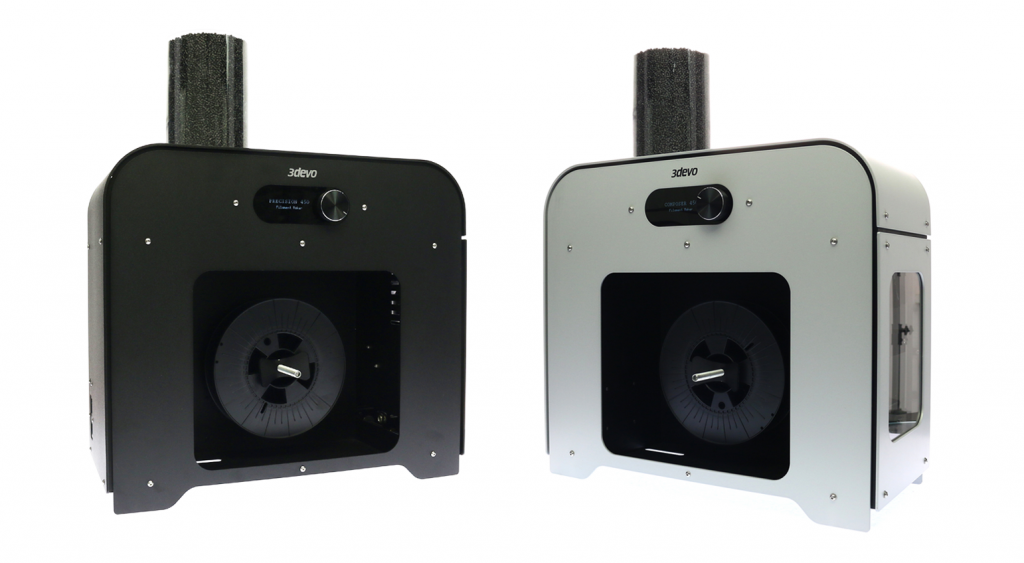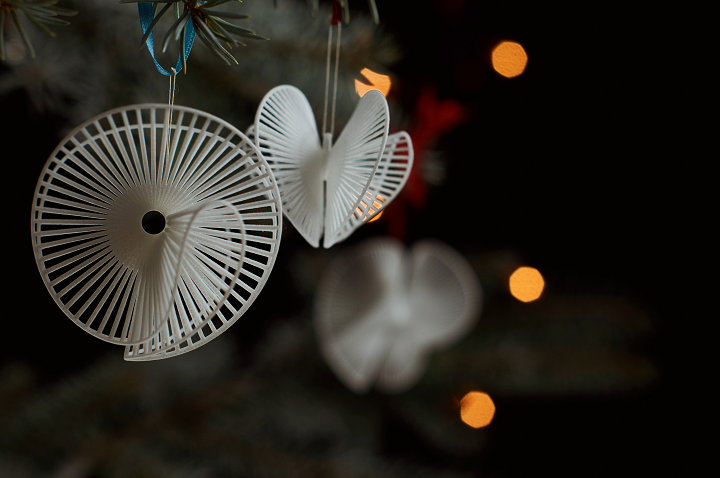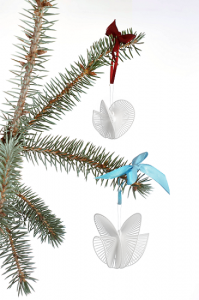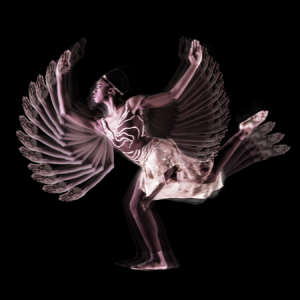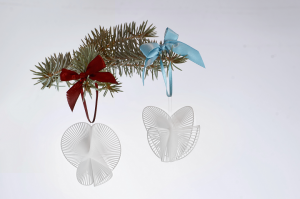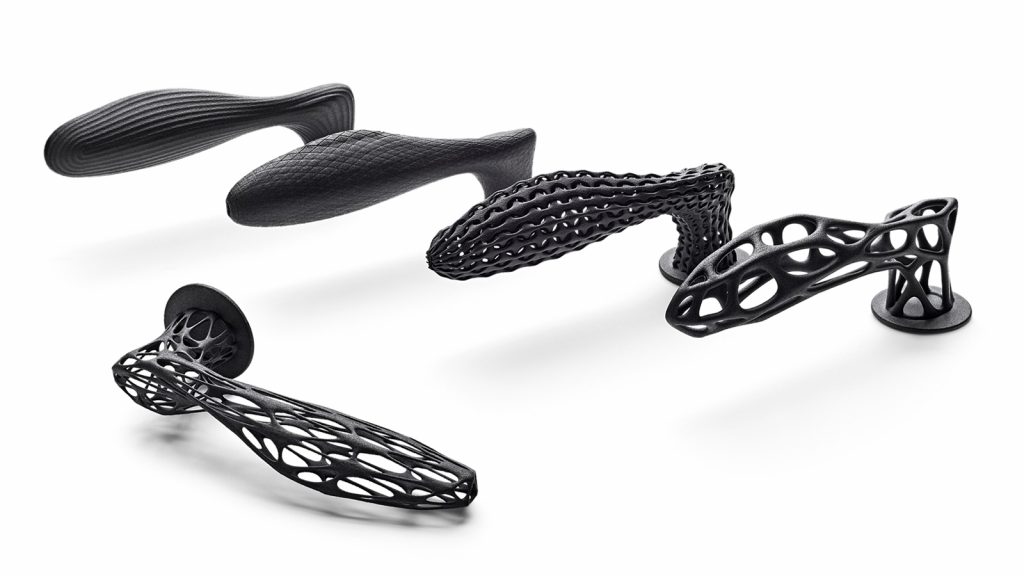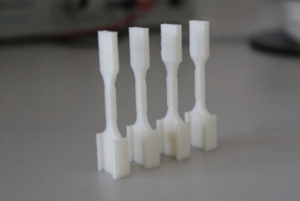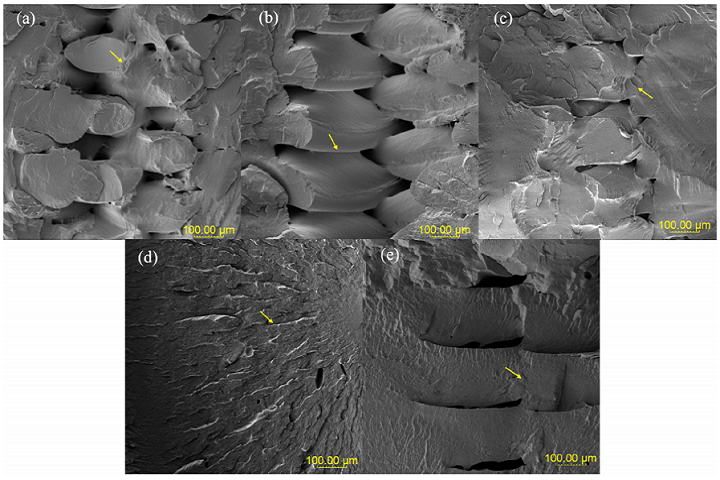Today, Carbon announced that it has appointed Ellen J. Kullman as Lead Independent Director of its Board of Directors. In addition, the company appointed Deborah M. Messemer to its Board of Directors and promoted Elisa D. Martel to Chief Financial Officer. Martel will chair Carbon’s newly formed Audit Committee.
“These strategic updates to Carbon’s Board and executive team strengthen our corporate governance and are in line with our maturing as a company,” said Dr. Joseph DeSimone, Carbon’s CEO and Co-founder. “Ellen, Debbie and Elisa are extraordinary executives with histories of strong leadership and business acumen, and the deep experience each of them brings is invaluable to the continued growth and success for Carbon.”
Kullman served as Chair of the Board of Directors and Chief Executive Officer of DuPont from January 2009 to October 2015. During her tenure, she helped to stimulate growth and position the company to be a leader with its scientific and market knowledge. Even before being named CEO, she was helping the company to survive the financial crisis of 2008, moving it away from commoditized businesses and establishing it as a market-driven scientific company.
Kullman has a Bachelor of Science in Mechanical Engineering from Tufts University and a Master of Science in Management from the Kellogg School of Management of Northwestern University. She is also a member of the boards of of directors of United Technologies Corporation, Dell Technologies, Amgen, and Goldman Sachs, as well as serving on the board of trustees of Northwestern University and the board of overseers of Tufts School of Engineering. She is a member of the National Academy of Engineering and co-chairs Paradigm for Parity, a coalition of business leaders dedicated to addressing the corporate leadership gender gap.
“It has been an honor to serve on Carbon’s Board of Directors, and I am very much looking forward to continuing to work with this dynamic, deeply invested team as we embark on Carbon’s next chapter,” said Kullman. “With its powerful fusion of hardware subscriptions, cloud-based software updates, and ongoing resin sales, Carbon’s ground-breaking Hybrid-SaaS business model is a powerful new entry in the connected-products business world. Hybrid SaaS combines the long-term revenue predictability of SaaS with the greatly accelerated growth potential enabled by large-scale manufacturing systems, giving Carbon the opportunity to scale at unprecedented speed.”
Messemer served as the Managing Partner of KPMG’s Bay Area and Northwest region until her retirement in September of this year. In that position, she led more than 3,000 team members in 10 offices across all functions, including audit, tax and advisory. She was honored as Financial Woman of the Year by the Financial Women of San Francisco (FWSF) in 2016, and for more than seven years was consistently named as one of the Bay Area’s Most Influential Women in Business by the San Francisco Business Times.
Messemer also serves on the board of directors for Allogene Therapeutics, and has been on several other non-profit and advisory boards including the Bay Area Council, the San Francisco Committee on Jobs, the California Chamber of Commerce, the San Francisco Chamber of Commerce, the UC Berkeley Fisher Center Policy Advisory Board, San Francisco Ballet, and Posse. She is a member of the National Association of Corporate Directors (NACD) and the San Francisco Chapter of Women Corporate Directors (WCD). Messemer has a Bachelor in Accounting from the University of Texas at Arlington.
“I am very excited to join the Carbon Board, and look forward to contributing to the company’s growth and market leadership across a vast array of industry sectors,” said Messemer. “The era of digital manufacturing is here, delivering digital design and fabrication, QA/QC and end-to-end, data-centric production solutions.Carbon is uniquely poised to be one of the most significant manufacturing innovators of our day.”
De Martel has been acting as Vice President of Finance for Carbon since February 2018 and is responsible for the company’s overall financial activities and global finance organization. Before that, she was with Apple Inc. for 11 years, most recently as Director of Manufacturing Finance. Prior to that, she was a a finance manager with Citroen UK and a supervisor at PricewaterhouseCoopers. De Martel earned a Master’s degree in Political Economy from the University of Essex, and a Master’s degree in Business Administration from the EDHEC Business School.
“Carbon is disrupting the manufacturing industry with a connected, software-first, digital solution,” de Martel said. “I am delighted to be part of this team, and look forward to contributing to Carbon’s continued growth as we expand our ecosystem and deliver on our deep commitment to enabling our customers to move to mass digital and sustainable production at scale.”
Discuss this and other 3D printing topics at 3DPrintBoard.com or share your thoughts below.



